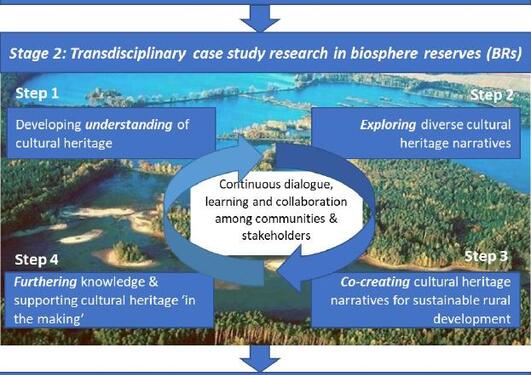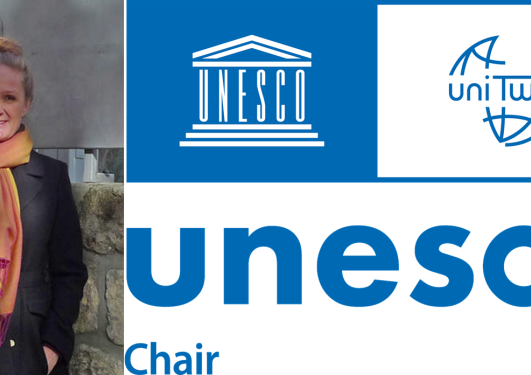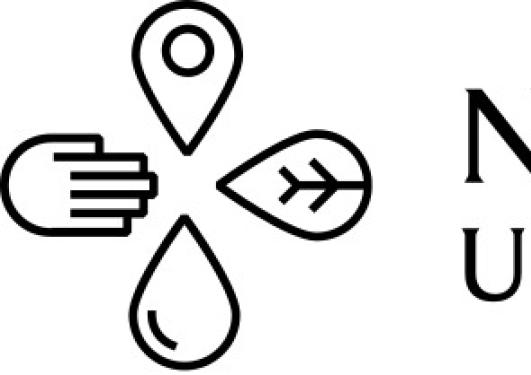CULTIVATE partner meeting in Třeboň Basin Biosphere Reserve (Czech Republic)
Starting a new international project in the middle of the covid-19 pandemic, has meant almost a year of digital meetings for the partners of the CULTIVATE project. In the beginning of March 2022, we finally managed to get together for an in-person meeting in the beautiful Třeboň Basin to discuss next steps.
Main content
CULTIVATE (Co-Creating Cultural Narratives for Sustainable Rural Development) is an EU funded project (JPI CH; Joint Programming Initiative on Cultural Heritage and Global Change) that started in June 2021. It is cross-disciplinary, investigating connections between cultural heritage and cultural landscapes in four European UNESCO Biosphere Reserves (BRs): Wester Ross (UK), West-Estonian Archipelago (Estonia), Nordhordland (Norway) and Třeboň Basin (Czech Republic). We were finally fortunate enough to be able to meet in the Czech Biosphere Reserve, Třeboň Basin, to discuss project progress and further steps, in addition to getting a tour of the BR. The Norwegian team was represented by UNESCO Chair Inger Måren, project technician Silje Östman, and biosphere coordinator of Nordhordland BR Kari Evensen Natland.
Meetings were held in the historical town centre of Třeboň, which has roots back to medieval times. The town of Třeboň is situated in the centre of the core area of the BR, close to the Austrian border. All of the ancient buildings in the town centre are amazingly intact and in their original forms, including the town brewery which is one of the world's oldest - dating all the way back to 1379. In these picturesque and historical surroundings, we discussed how to conduct our stakeholder analysis across the four BRs, what stakeholder groups would be most representative for each BR, and how to ensure conformity in methodology across four very different contexts.
On the second day we were invited on a tour of the Třeboň Basin BR, led by BR manager Miroslav Hátle. One of the key features of Třeboň Basin is an extensive network of 460 man-made fishponds, dating back to the 15th and 16th centuries. The tour started at one of the biggest Czech fishponds, the pond Svět, which lies just next to the town centre of Třeboň. Mr. Hátle shared his extensive knowledge of the area and spoke about the history of the fishponds, the canals connecting them, renaissance water architecture, and the history of the Czech fish industry. Along the edges of the ponds grow massive oak trees, some of which were likely 300-500 years old. These were planted because the roots of the trees help to stabilize the ground around the ponds. We also visited the BR museum The House of Nature, and had lunch at a local restaurant where traditional fish dishes of carp (Cyprinus carpio) and zander (Sander lucioperca) from the fishponds were on the menu.

Mr. Hátle sharing facts about the Rožmberk pond, which is the biggest pond in Czech Republic.
During the tour, the group was also introduced to researchers from the Global Change Research Institute (GCRI) of the Czech Academy of Sciences. David Stella from GCRI presented the OneNature project, which aims to set up and ensure a more efficient system of care for Natura 2000 sites in the Czech Republic, including Třeboň Basin. There are some interesting similarities and overlaps between OneNature and CULTIVATE, and the presentation sparked conversations of potential partnerships and collaborations.
It was clear that an in-person meeting was fruitful; it gave room for discussions, and a clear way forward that all partners agreed upon. All are excited for the next partner meeting in the autumn, and have only to decide which of the four BRs to visit next.





